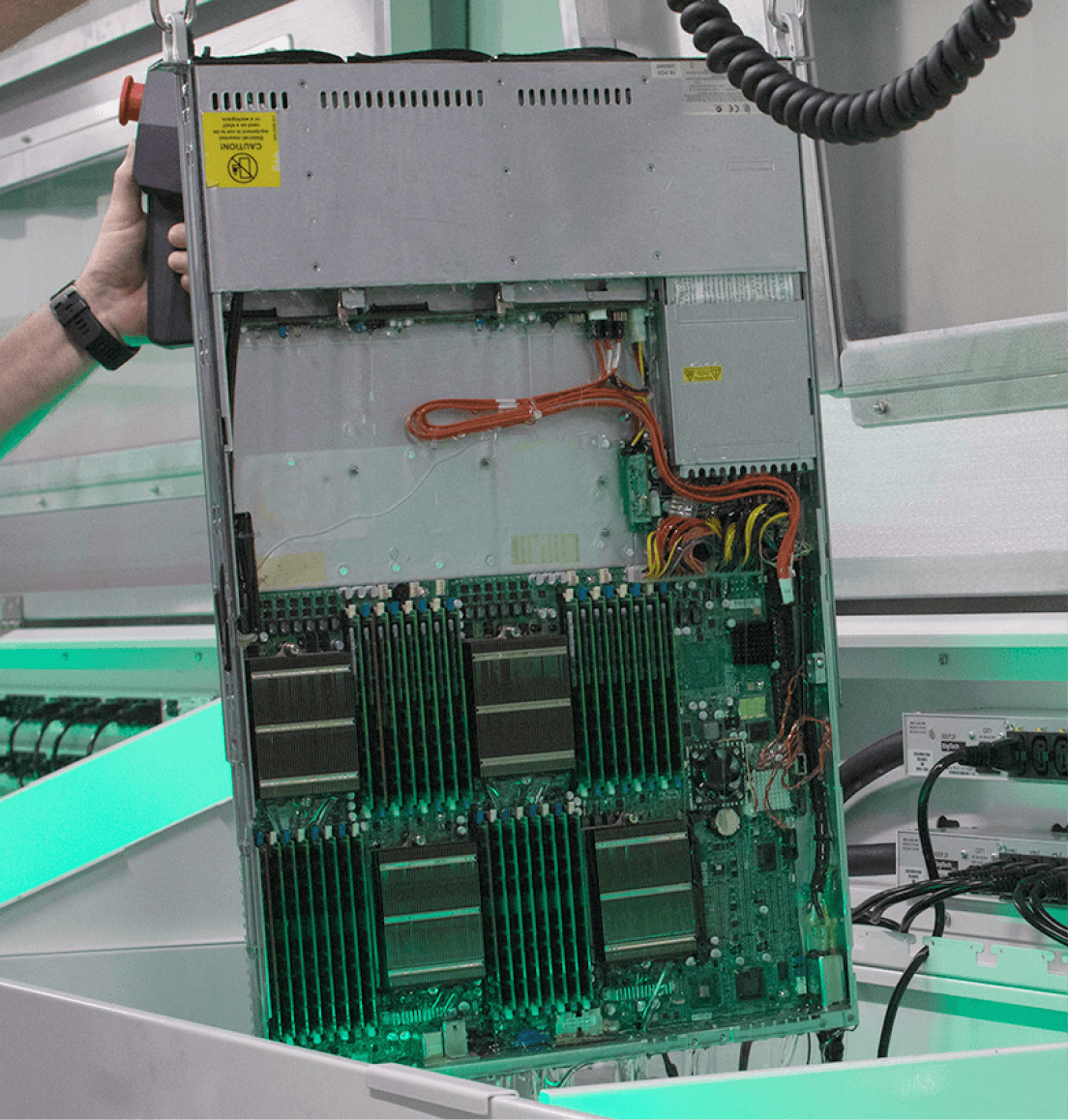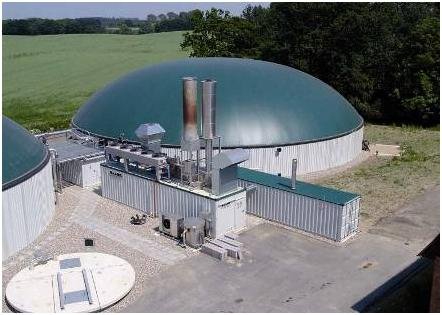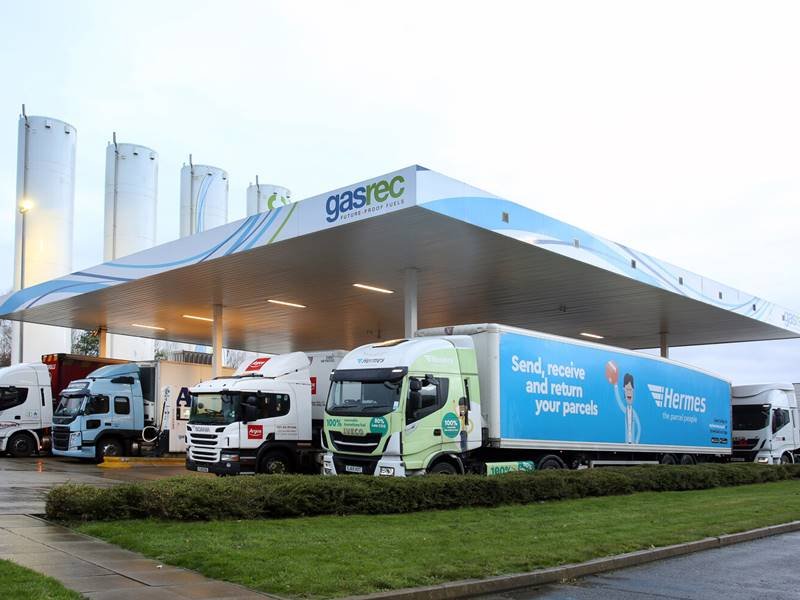Server Farms And Cooling
- Details
- Written by: J C Burke
- Category: Alternative Energy
- Hits: 7322
 Servers Designed for Immersion (SDI) – An Alternate Approach
Servers Designed for Immersion (SDI) – An Alternate Approach
If you’ve already implemented or are considering a “white box” solution – building your own servers – or you want to truly maximize space, power and budget, then SDI may be your best choice.
Immersion cooling technology addresses the key concerns of thermal design and hardware reliability that are common with air-cooled, white box servers. Further, engineering purpose-built servers from the ground up allows more than just design them for cost and performance, but also for space and power utilization.
Key Benefits of Servers Designed for Immersion:
-
Purpose-built for application
-
Mix and match components without worrying about thermal design limitations and reliability
-
No extraneous components, such as integrated fans, heat sinks and oversized power supplies, reduce cost and e-waste
-
More power-efficient – up to 30% lower energy use vs air-cooled servers
-
Maximized rack density with simplified, modular chassis that utilize much higher immersion cooling capacities
SDI are an ideal match for micro-modular, rack-based immersion cooling system and immersion-cooled, modular data centres.
Anaerobic Digestion for CHP Fuels
- Details
- Written by: J C Burke
- Category: What is CHP
- Hits: 11904
 Yes AD combined with CHP or even CHCP. What is all this acronym stuff eh?
Yes AD combined with CHP or even CHCP. What is all this acronym stuff eh?
AD is Anaerobic Digestion, its the sort of process that happens in a sewage works where all that nasty stuff is broken down by 'good' bacteria. What is left is largely safe but has given off lots of methane gas and CO2, along with some other trace stuff. Anaerobic means 'without Oxygen'.
So to create bio-methane by digestion of waste products has to be "Carbon (dioxide) Negative" as it is removing methane from being released into the atmosphere! See article below about atmospheric methane - CLICK HERE
Now that Methane is what we need. Its almost the same as Natural Gas that you buy at home. So it can be 'cleaned up' and sent down pipes to the gas mains or it can run a gas fired electricity generator.
But rather than just generate electricity, we also need to look at how effective the burning of gas in an engine really is. When gas is burned in say a modified car engine to drive a shaft to turn a generator to produce electricity, there are loses. These loses affect the efficiency of turning the energy value of gas into electricity. It is disappointing to discover that only around 20-25% of the gas burnt produces the electricity. The rest is 'low grade' waste heat.
 |
| The Chinese have over 2 million of these AD-CHP Units |
Motor Fuels and Duty
- Details
- Written by: J C Burke
- Category: Current Developments
- Hits: 6887

|
Type of fuel - source Government 24th Mar 2022 |
Rate |
|
|
Petrol, diesel, biodiesel and bioethanol |
52.95 p per litre |
5p reduction in budget |
|
Liquefied petroleum gas (LPG) |
28.88 p per kg |
reduced in budget |
|
Natural gas used as fuel in vehicles, for example biogas |
22.57 p per kg |
reduced in budget |
|
‘Fuel oil’ burned in a furnace or used for heating |
9.78 p per litre |
reduced in budget |
Transport Fuel Duty and Heating Fuel Duty
Firstly, looking at these tables, one wonders at the logic applied by those Civil Servants to arrive at such numbers? Was it a gallons to litres issue? Who can tell.
With the reduction of 5p on Petrol and Diesel it must be stressed that LPG, CNG and LNG powered vehicles already had a big advantage in respect of “fuel duty” and have further been slightly reduced in this year's budget too [see table]. With Natural gas /bio gas at less than 50% [42.6% in fact] of even the new Petrol/Diesel duty. Also LPG [Liquefied petroleum gas] is only 54.5% of the ‘normal’ [petrol/diesel] fuel duty.
Also please note the Bio-diesel and Bio-ethanol both attract FULL duty per litre. This makes little sense given the processes involved to create these fuels – although growing crops to make these is not ideal.
Page 9 of 9
